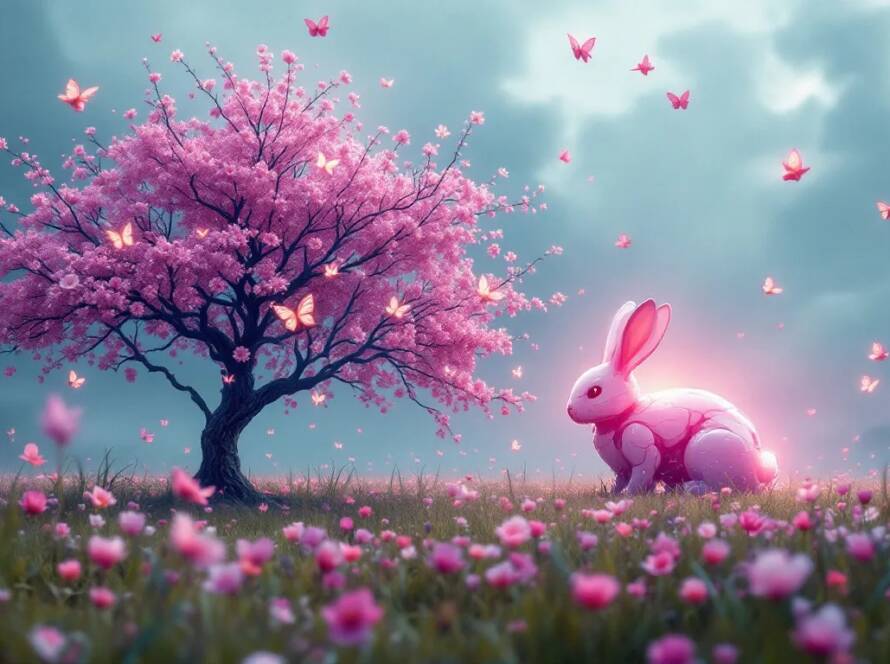Halloween History
Halloween, celebrated on October 31st, has a rich history that dates back thousands of years. Here are some key points about its origins and evolution:
Celtic Festival of Samhain: Halloween’s roots can be traced to the ancient Celtic festival of Samhain, which marked the end of the harvest season and the beginning of winter. Celebrated from October 31st to November 1st, it was believed that on this night, the boundary between the living and the dead was blurred, allowing spirits to return to the earth.
Roman Influence: After the Romans conquered Celtic territories, they incorporated some of their own festivals into Samhain. One such festival was Feralia, which honored the dead, and another was Pomona, celebrating the goddess of fruit and trees, symbolizing the harvest.
Christianization: In the 8th century, Pope Gregory III designated November 1st as All Saints’ Day to honor all saints and martyrs. The evening before became known as All Hallows’ Eve, which eventually morphed into Halloween.
Traditions and Customs: Many Halloween traditions have evolved over time. The practice of wearing costumes is thought to have originated from the Celts, who would disguise themselves to ward off spirits. The custom of trick-or-treating may have roots in the medieval practice of “souling,” where the poor would go door-to-door on All Saints’ Day, offering prayers for the dead in exchange for food.
Modern Celebrations: Halloween became popular in the United States in the late 19th century, as immigrants brought their traditions. By the early 20th century, it had transformed into a community-centered holiday characterized by festive gatherings, costumes, and trick-or-treating.
Commercialization: Today, Halloween is a major commercial holiday, with significant spending on costumes, decorations, and candy. It has also become a time for themed parties, haunted attractions, and various entertainment, including movies and events.
Halloween has evolved from ancient rituals and customs into a widely celebrated holiday that blends cultural traditions, community activities, and commercial interests.

